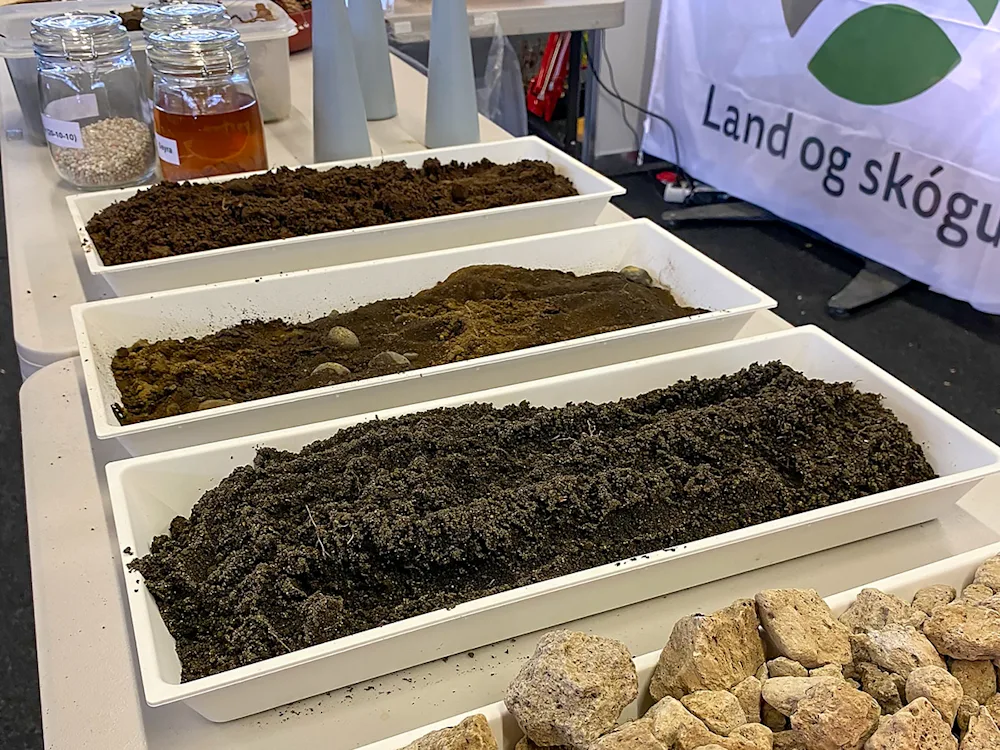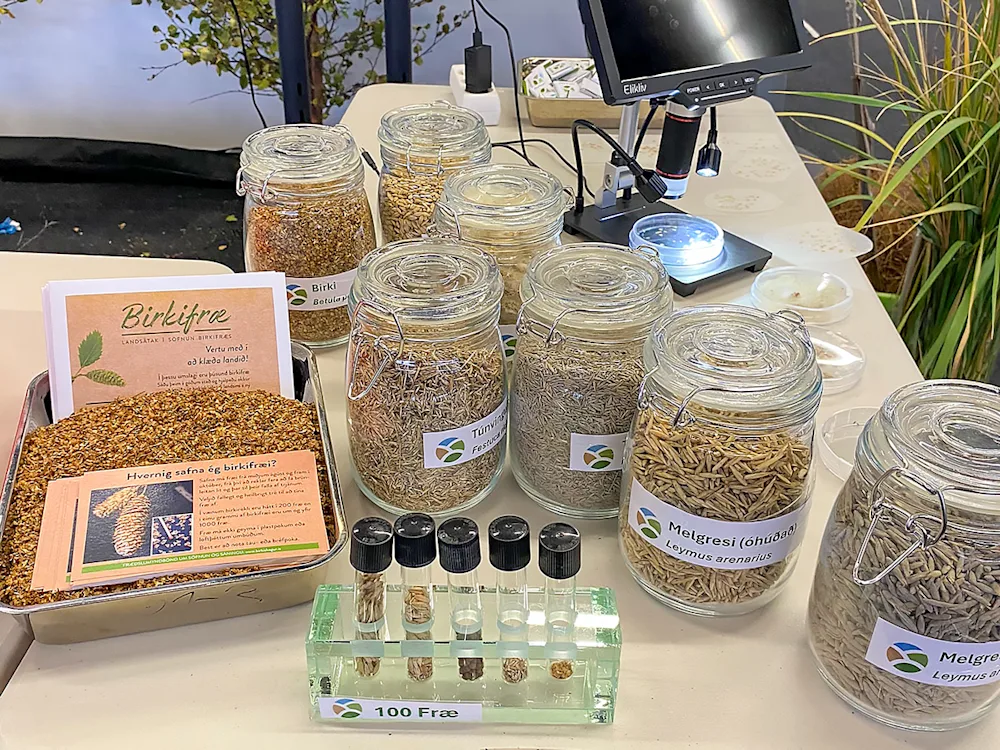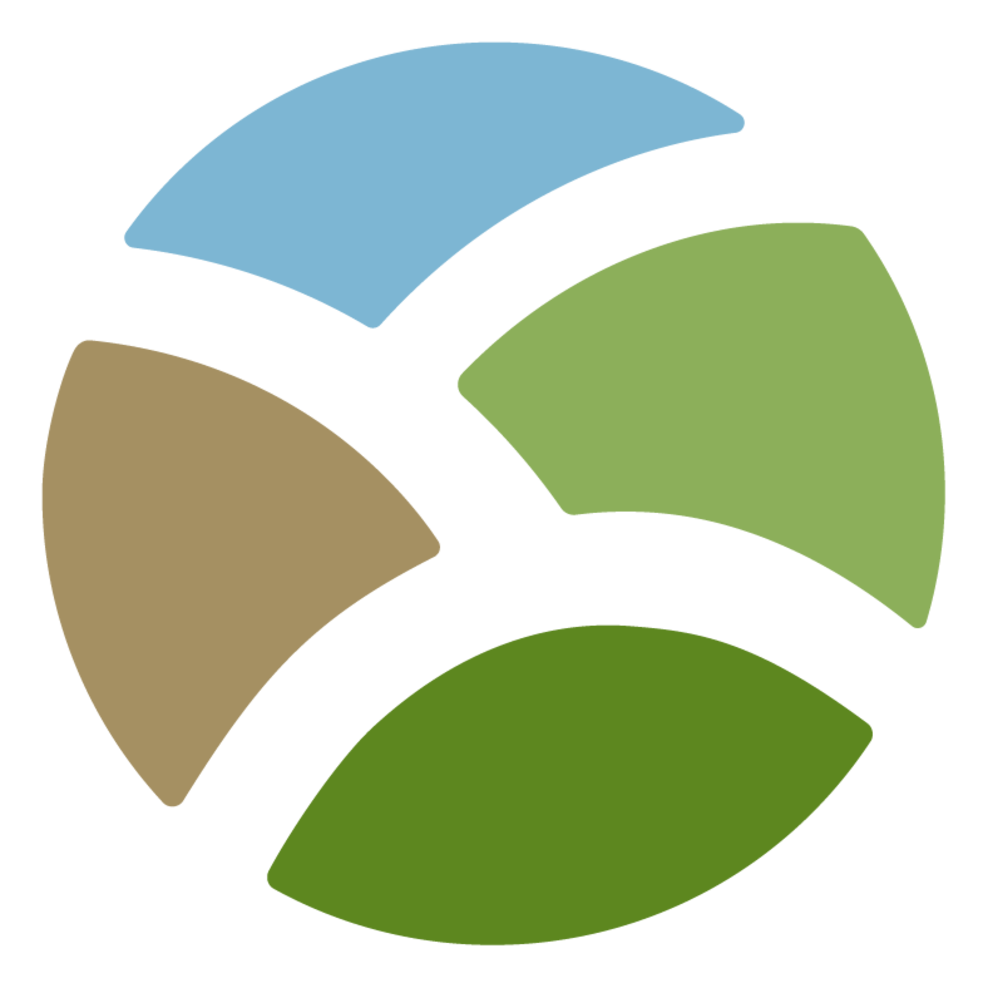This news article is more than a year old
A river duck shot up in Vísindavöku
1st October 2024
The stall of Land and Forest was packed with people as soon as the Laugardalshöll pavilion opened for visitors to Vísindavöku on Saturday. Children accompanied by their parents were the first guests and both children and adults showed what Land and Forest had to offer. A lot of discussions were created and a lot of questions asked.

Rannís's Researcher's Night, "Vísindavaka," which took place on Saturday, was very well attended. Visitors to the Land and Forest Iceland booth were educated about land reclamation and forestry by the Institute’s experts, Anne Bau, Bjarki Þór Kjartansson, Helen Marta Stefánsdóttir and Magnús Jóhannsson. Magnús was instrumental in educating people about how land erosion led to the disappearance of vegetation cover and loss of fertile soil. Visitors had the chance to touch soil samples with their own hands, everything from sand to fertile earth, while Magnús informed them how extensively Iceland become like this, that is derelict sandy areas, and the importance of turning it back into this, that is fertile vegetated land. The samples shown showed the progress of the reclamation efforts during a sixty year period from desert to vegetated land.

Value in poop and urine
Also on display was some sludge, a peculiar substance in a glass container. "Sludge! What is that?" the guests inquired, and the straightforward response was "poop and urine," followed by an explanation of the substantial nutritional value found in various forms of organic waste produced by humans, which are frequently discarded rather than being utilized to enhance the soil. For comparison, there was also another glass container containing imported artificial fertilizer, which is manufactured in an energy-intensive manner, frequently using coal and oil.
A cross-section specimen of the oldest known tree in Iceland was also on display, along with a similar specimen from a 50-year-old black cottonwood tree. Interestingly, it was not the larger tree that proved to be the oldest tree in Iceland, as visitors understandably assumed at first glance. Instead, the oldest tree was the smaller tree with such narrow tree rings that they were impossible to count without the aid of a microscope. The tree is an approximately 280-year-old juniper from Hólasandur.

Bjarki Þór and Helena Marta respectfully demonstrated how to calculate the growth and carbon sequestration of a planned new forest using a Forest Carbon Calculator. They educated about various aspects of ecosystems such as fungi, insects and more, assisted the young in counting tree rings, observing bugs and seeds under a microscope, and more. The booth also displayed live forest seedlings, as well as planting gear and other forestry equipment.
184,788 birch seeds
Anne Bau brought seeds for the event that were on display in the stand. The huge difference in size between birch and lyme grass seeds proved particularly interesting by the young, especially when such seeds were placed under the viewfinder and the picture was projected onto a screen. From that point on, discussions were about how the seeds work, how much energy they store and what they need to sprout up to develop plants.

All of these factors contributed to the Land and Forest booth at Vísindavaka becoming a vibrant and interactive workshop. This unique platform allowed the younger generation to temporarily assume the role of researchers and engage in hands-on exploration of natural phenomena through touch, sight, and feeling. Unexpected things also happened, for example when a lively earthworm was discovered in turf that had been taken in Gunnlaugsskógur Forest.

Additionally, a quiz was organised, inviting participants to guess the number of birch and lyme grass seeds contained in sealed jars. For reference, one hundred seeds of each type were displayed alongside the jars. The accurate count revealed 7,421 lyme grass seeds and 184,788 birch seeds. A total of 118 individuals participated in this engaging activity, and Prezemek Madej emerged as the closest guesser. His impressive estimates were 10,000 alfalfa seeds and 200,000 birch seeds. The winners of the quiz will be notified shortly.
Land and Forest Iceland wishes tho thank all those who visited the booth at Vísindavaka. See you again next year!

